How Famous Fast Food Chains Got Their Names
Most people grab a meal without wondering how the restaurant got its name. Yet behind every fast food sign is a decision, sometimes personal, sometimes rushed, and sometimes accidental. Knowing those backstories changes how the names sound—you hear more than a brand, you hear the moment someone first put it on the wall.
McDonald’s
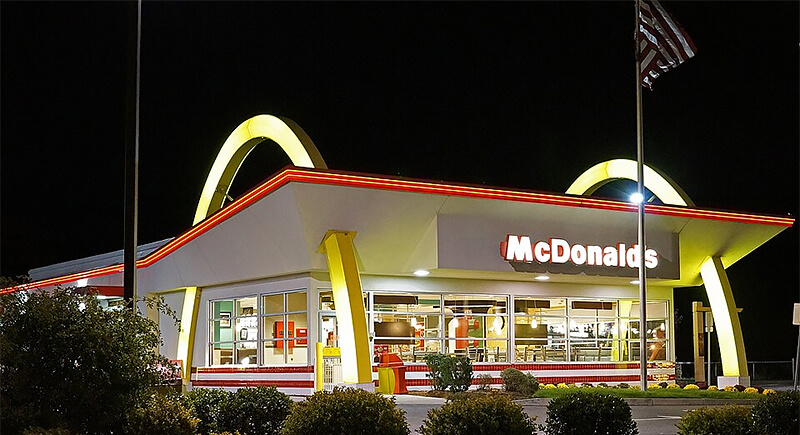
Credit: Wikimedia Commons
The name isn’t some made-up brand speak. It came from two real brothers, Dick and Mac McDonald, who ran a small burger joint in San Bernardino, California. Ray Kroc liked what he saw, bought the business, and kept the name. It had the right ring for expansion, and it stuck as the chain grew globally.
Wendy’s
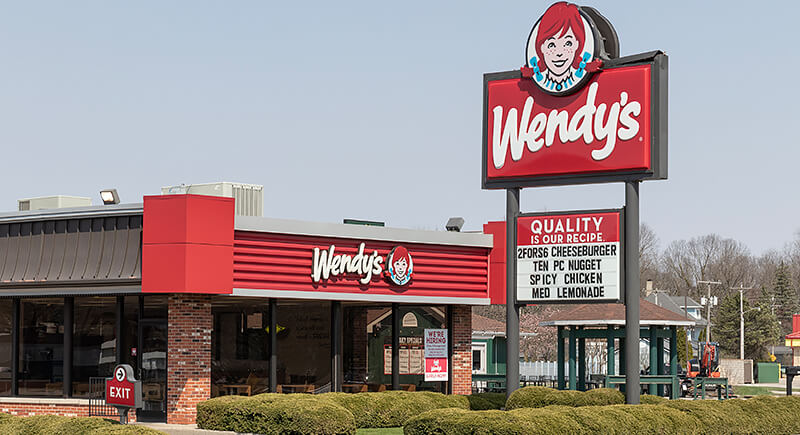
Credit: iStockphoto
Dave Thomas named his restaurant after one of his daughters. Her real name was Melinda, but the family called her Wendy. He tested all five of his kids’ names before choosing that one. She also became the face of the brand, literally, when the first Wendy’s opened in Columbus, Ohio, in 1969.
Taco Bell
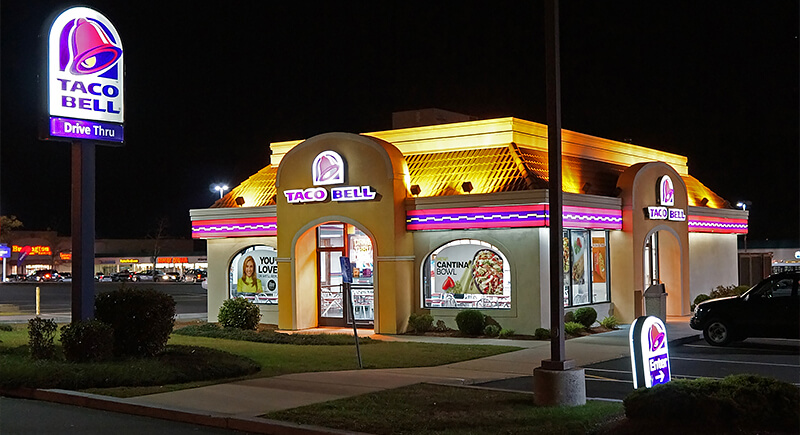
Credit: Wikimedia Commons
There’s no deep symbolism behind the bell in the logo. In fact, it’s just Glen Bell’s last name. Before he was serving tacos, he owned a burger stand. When he pivoted to Mexican food, he added “Taco” and kept his name. The current name has stuck since 1962.
Subway
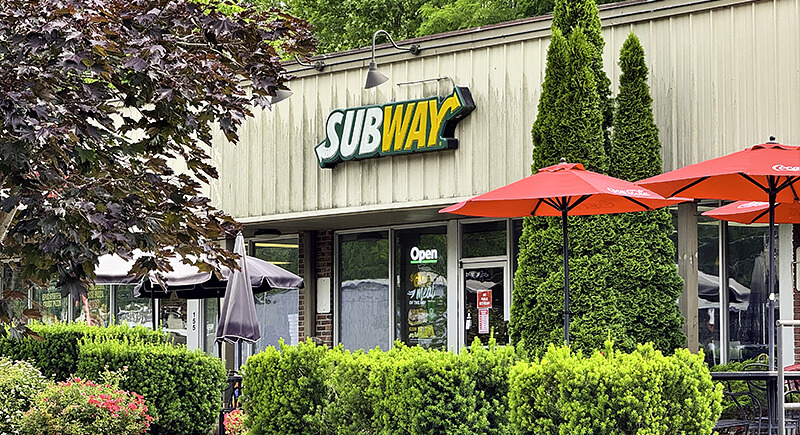
Credit: Wikimedia Commons
Before it was a global chain, it was Pete’s Super Submarines. But that name didn’t last long. As the business grew, founders Fred DeLuca and Peter Buck trimmed it down to Pete’s Subway, then simply Subway. Shorter name, bigger reach, and far easier to fit on a napkin or franchise sign.
Pizza Hut
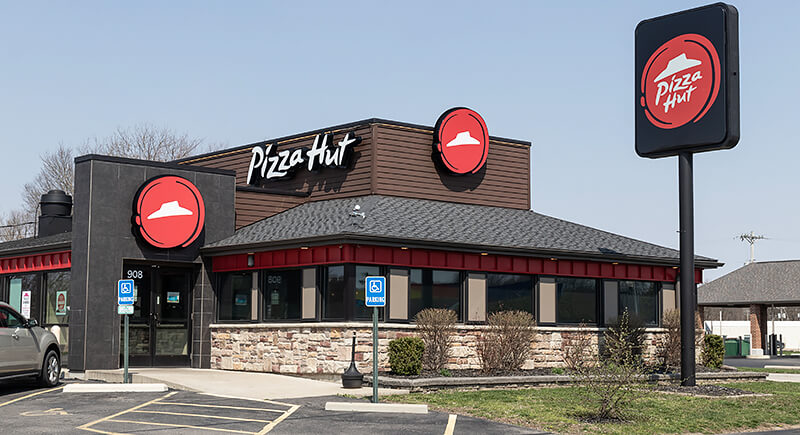
Credit: iStockphoto
The first Pizza Hut building had a small sign with room for just three letters under the word “Pizza.” “Hut” won out over “Pad” and “Inn,” partly because the building looked like a hut. That’s how the name came together.
Domino’s

Credit: Wikimedia Commons
The original store was called DomiNick’s. When the owners needed a new name, a delivery driver suggested Domino’s. They had to meet a phone book ad deadline, and the name worked. It’s short, simple, and easy to remember.
Chick-fil-A
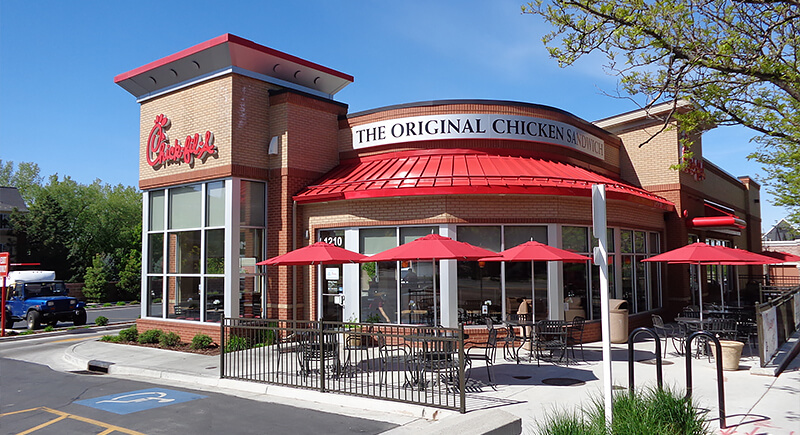
Credit: Wikimedia Commons
The name’s a phonetic play on “chicken fillet,” and the “A” was added to suggest premium quality. Truett Cathy started with a diner called The Dwarf House, but his breaded chicken sandwich became the breakout star. The name followed the food, and eventually overtook the original restaurant concept entirely.
Arby’s
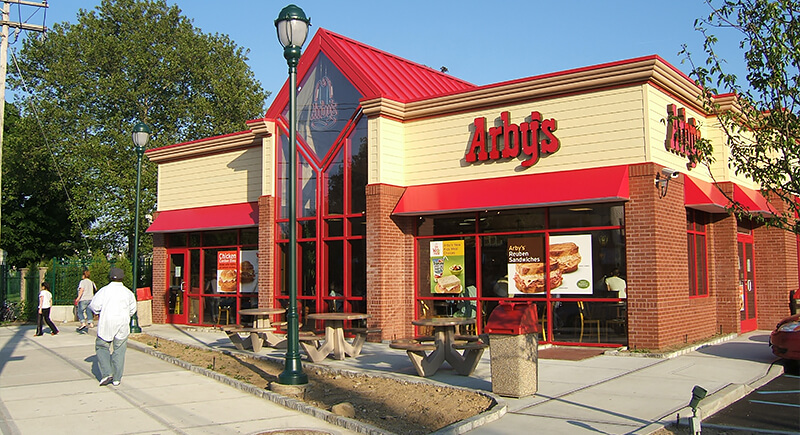
Credit: Wikimedia Commons
A lot of people assume it means “roast beef,” but it’s actually a nod to its founders: the Raffel Brothers. “R.B.” became “Arby’s,” and the roast beef connection was just a happy coincidence. Either way, it worked, especially since the name was catchy and easy to remember by sandwich-seeking customers.
Little Caesars
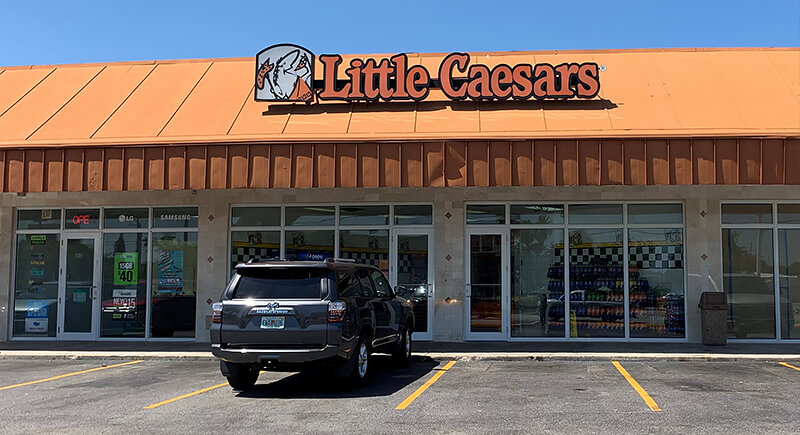
Credit: Wikimedia Commons
Mike Ilitch wanted to call their new pizza spot “Pizza Treat,” but his wife Marian had a different idea. She used to call Mike her “Little Caesar,” and thought it made a stronger name. She won the debate. It was personal and more unique than anything pizza-related they had considered.
Sonic
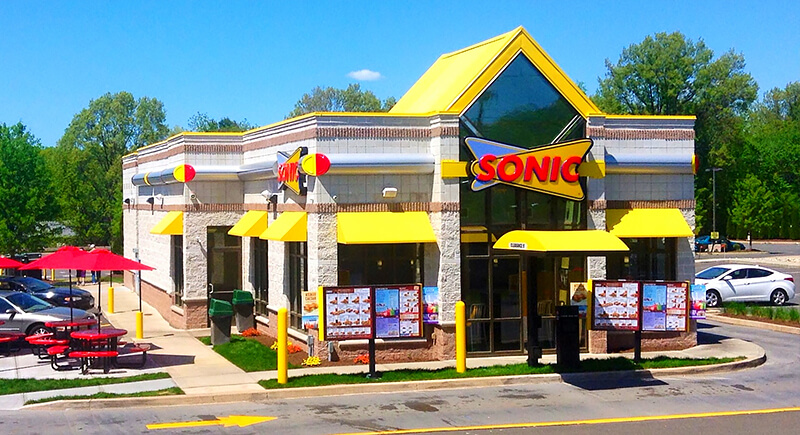
Credit: Wikimedia Commons
Their first idea, “Top Hat,” hit a legal roadblock, but the tagline stuck: “Service at the Speed of Sound.” That line ended up steering the name instead. “Sonic” sounded fast and just futuristic enough for a drive-in with roller-skating servers. They leaned into it, and the name clicked with customers.
Whataburger
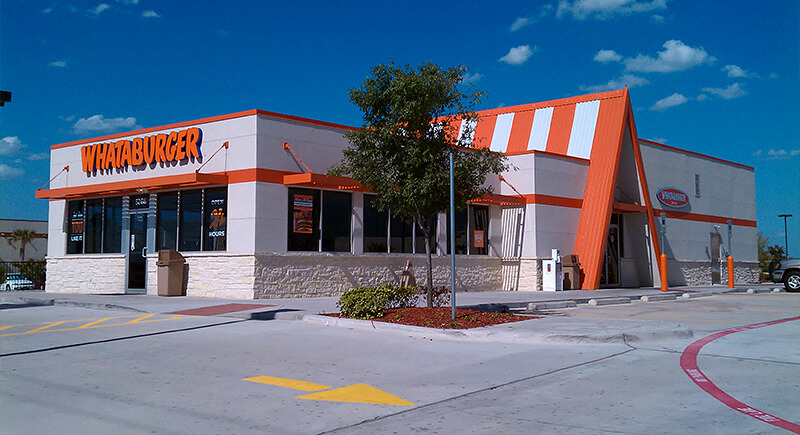
Credit: Wikimedia Commons
In the 1950s, burgers were usually small. Harmon Dobson wanted to make one so big people would say, “What a burger!” That’s how the name was born. His five-inch patty was unusual for the time, and the name helped it stand out.
Starbucks
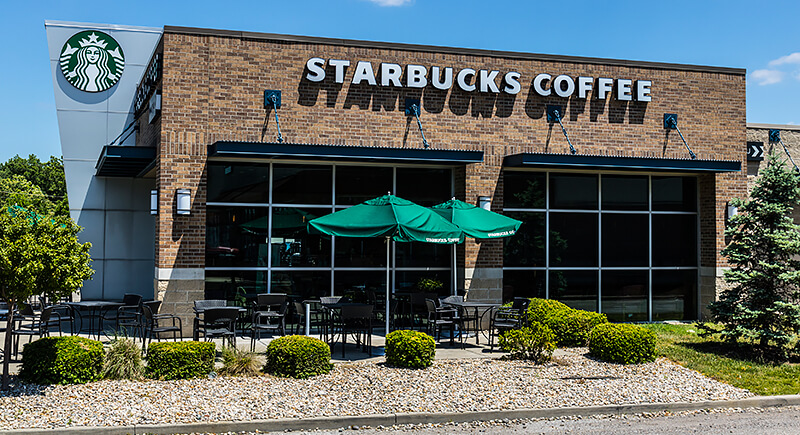
Credit: iStockphoto
Co-founder Gordon Bowker liked words that started with “st.” Someone found “Starbo” on an old mining map, which reminded him of “Starbuck,” the first mate in Moby-Dick. It didn’t have anything to do with coffee, but it sounded strong and mysterious enough to stick in your brain. That was enough.
Chipotle

Credit: Wikimedia Commons
Steve Ells liked the sound of the word “Chipotle,” even though some thought it was too unusual. He stuck with it. The name comes from a smoked chili pepper, and the boldness of picking something different paid off as the burrito chain grew.
Shake Shack
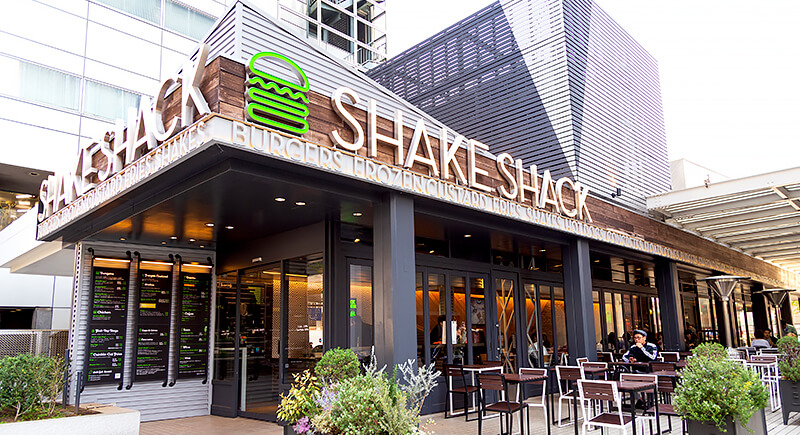
Credit: iStockphoto
Danny Meyer named his burger spot after a carnival ride in the movie Grease. During the film’s final scene, the characters dance near a ride called the Shake Shack. It had energy, nostalgia, and didn’t take itself too seriously. And that was pretty much what he wanted the restaurant to feel like.
In-N-Out
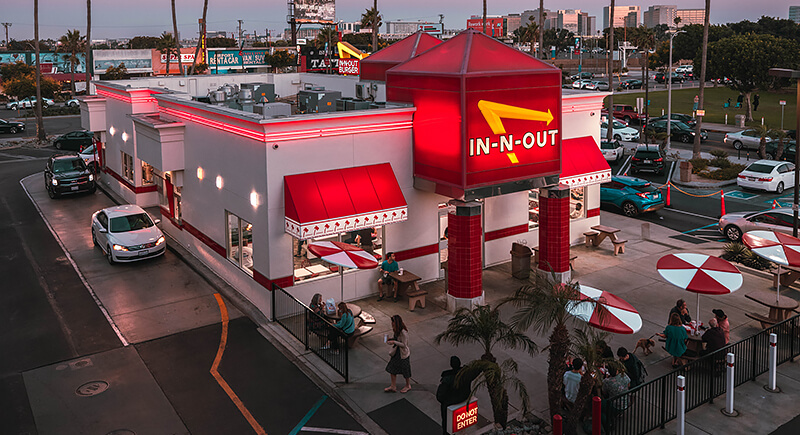
Credit: iStockphoto
Harry Snyder built a two-way speaker system so customers could order without leaving their cars. He called his restaurant In-N-Out to reflect the fast service. The first one opened in California, and the name still describes the experience.